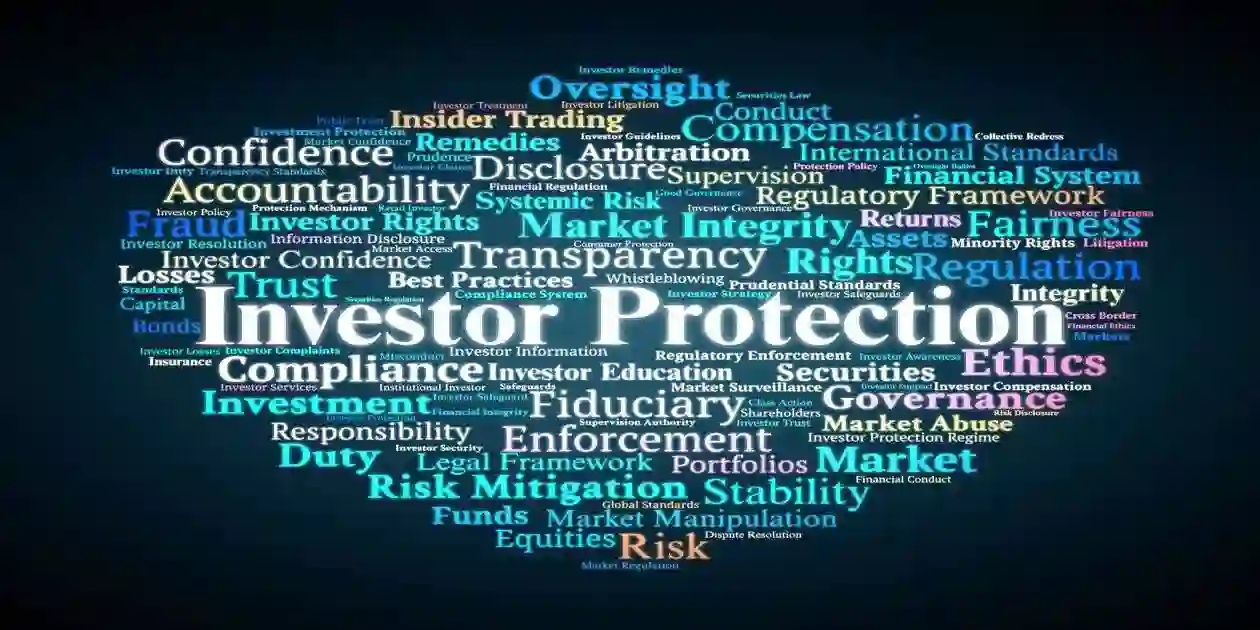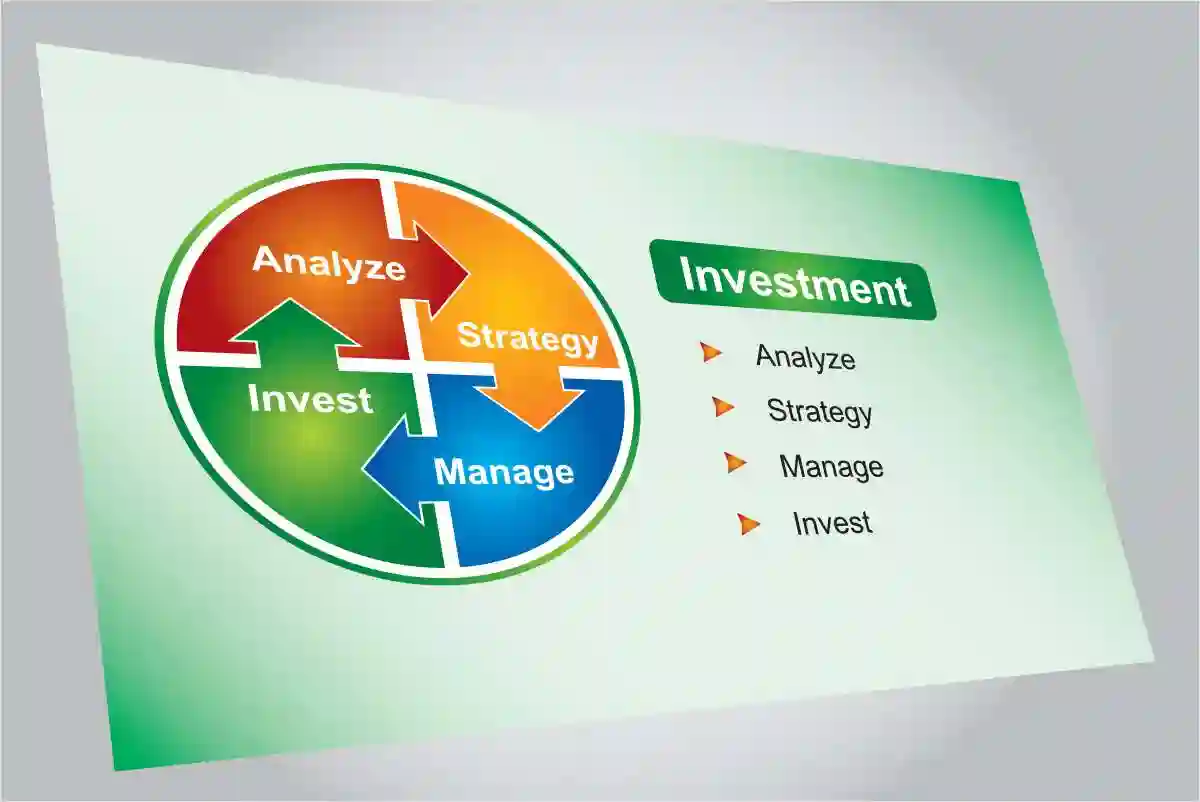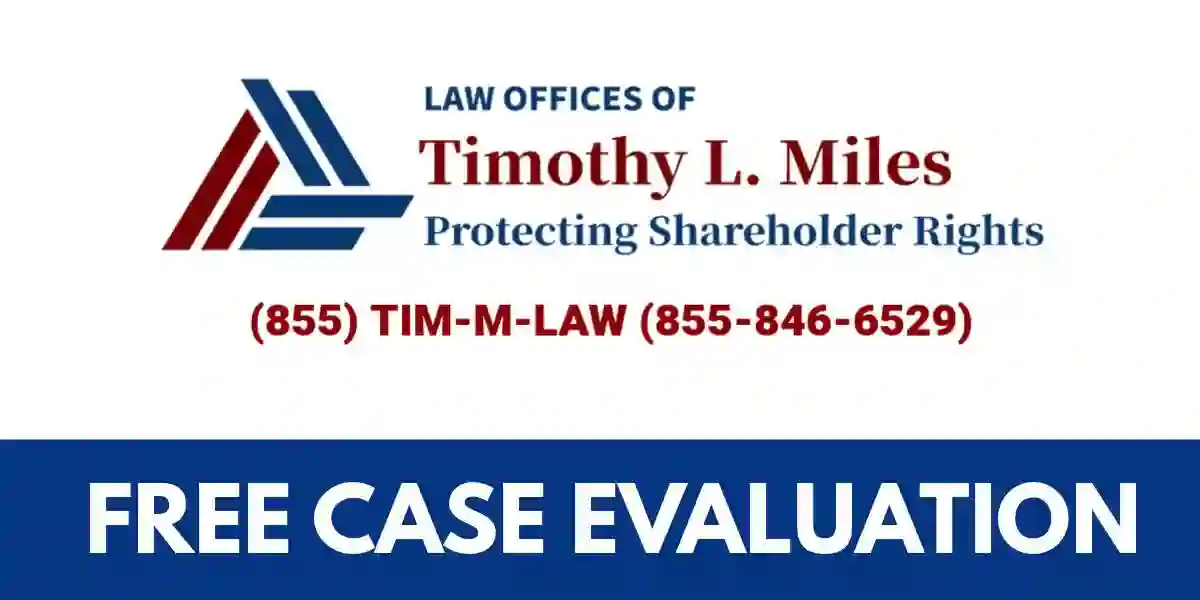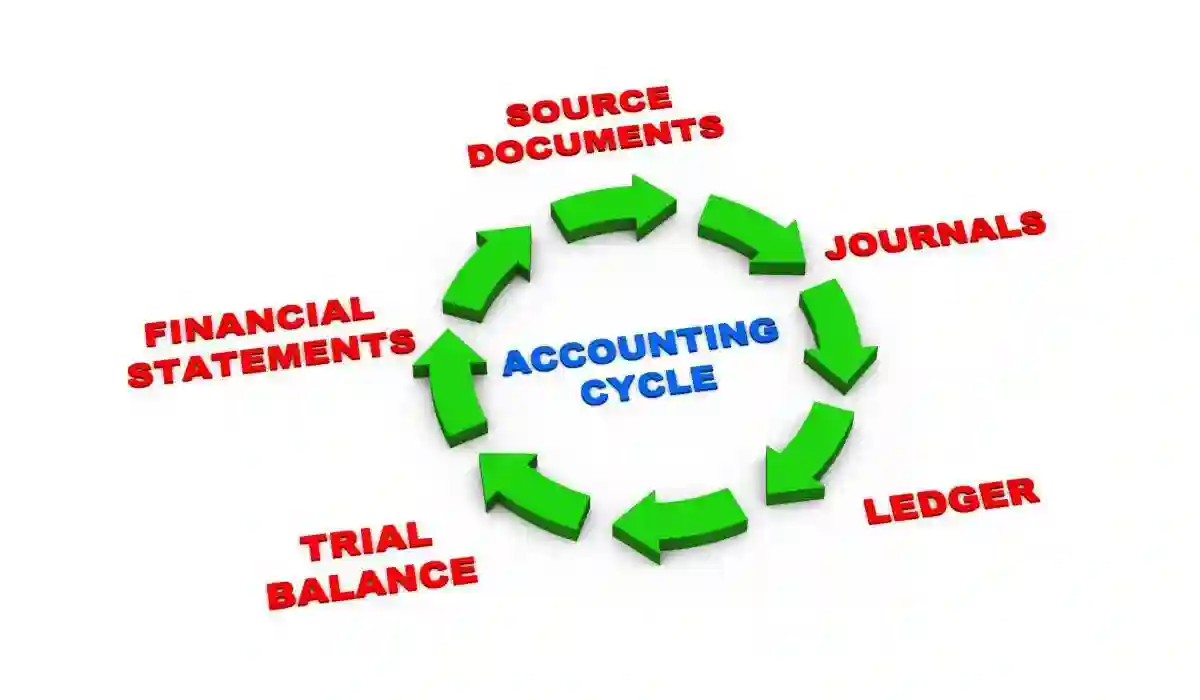Understanding Securities Litigation and Its Impacts
- Avoid Securities Litigation: To avoid securities litigation, companies and individuals should focus on compliance, transparency, and risk management, while investors can protect themselves by understanding market risks and using asset protection strategies. For businesses, key strategies include enhancing corporate governance, maintaining accurate disclosures, fostering a culture of compliance, and staying updated on legal and regulatory developments
- Securities Litigation: Securities litigation is a complex and often daunting area of legal practice involving a variety of disputes related to financial instruments such as stocks, bonds, and other securities. These lawsuits can arise from allegations of fraud, misrepresentation, or breach of fiduciary duty, leading to significant financial penalties and reputational damage for companies. As a business leader, understanding the implications of securities litigation is crucial for safeguarding your company’s future.
- Impact: The impacts of securities litigation extend beyond financial loss. The reputational damage can be long-lasting, affecting investor confidence and market perception. Companies embroiled in litigation often face increased scrutiny from regulators, further complicating their operational landscape. Additionally, the costs associated with defending such lawsuits can drain resources, diverting attention away from core business activities and impeding growth.
- Proactive: By comprehending the risks associated with securities litigation, you can take proactive steps to mitigate these threats. Implementing robust controls and adhering to sound corporate governance practices can significantly reduce the likelihood of facing such legal challenges. In the sections that follow, we will explore these strategies in detail, providing you with the tools needed to protect your organization.
Securities Fraud Litigation Procedure
- Securities Fraud Litigation Procedure: The process commences when a plaintiff files a detailed complaint outlining alleged securities law violations, supported by specific legal grounds and factual evidence demonstrating how controls may have failed.
- Answer: Following the complaint filing, defendants must respond within a specified timeframe, after which an extensive discovery period begins where both parties exchange relevant information, documents, and evidence pertaining to controls and corporate governance practices.
- Settlement: A significant percentage of securities litigation cases reach resolution through settlement negotiations or arbitration proceedings. Cases that don’t settle proceed to trial, where either a judge or jury determines the final outcome based on presented evidence regarding securities violations and corporate governance failures.
- Securities Litigation: These legal proceedings encompass disputes related to securities transactions, including stocks, bonds, and other financial instruments. Cases often arise from violations of securities laws, inadequate controls, or corporate governance failures that harm shareholder interests.
- Types of Cases: Securities fraud litigation encompasses various case types, including class actions, insider trading violations, fraudulent activities, and market manipulation schemes. These legal mechanisms ensure accountability and protect shareholder interests in financial markets while promoting robust controls.
- High-Stakes Litigation: Securities fraud litigation often involves complex legal and financial issues with significant implications for corporations, shareholders, and market integrity. The outcomes can substantially impact corporate valuations and shareholder wealth.
Common Types of Cases
- Securities Class Action: These lawsuits represent groups of shareholders who experienced financial losses after securities transactions during specific periods, often due to inadequate internal controls or misleading corporate disclosures.
- Insider Trading: Cases involving unauthorized trading based on material, non-public information, often indicating failures in corporate governance and controls.
- Market Manipulation: Schemes designed to artificially influence security prices, frequently enabled by weak internal controls and inadequate oversight.
- Fraud: Cases involving intentional misrepresentation or omission of material facts that deceive shareholders, often resulting from failed controls.
- Regulatory Proceedings: Legal actions initiated by regulatory bodies like the Securities and Exchange Commission to enforce securities laws and strengthen controls.
The Litigation Process
- Pleadings: Initial litigation phase where plaintiffs file detailed complaints often citing internal control deficiencies.
- Discovery: Comprehensive information-gathering phase examining corporate records, internal controls documentation, and relevant evidence.
- Motions/Trial: Post-discovery resolution through summary judgment motions or trial proceedings if settlement negotiations fail.
Impact on Companies
- Financial costs: Securities fraud litigation can result in substantial monetary losses, including settlements, legal fees, and costs to improve internal controls.
- Reputational damage: Companies face significant reputational harm affecting shareholder confidence and market perception.
- Management distraction: Litigation proceedings can severely disrupt management focus and corporate operations.
The Importance of Corporate Governance in Risk Mitigation
- Corporate governance involves the systems and processes by which companies are directed and controlled. Effective governance is crucial to risk mitigation, as it establishes a framework within which risks are identified, assessed, and managed. This framework is essential in preventing securities litigation by promoting transparency, accountability, and ethical behavior across the organization.
- Strong governance structures empower boards of directors to perform their oversight roles effectively. By establishing clear policies and procedures, you ensure that all organizational activities are aligned with strategic objectives and regulatory requirements. This alignment helps in identifying potential vulnerabilities and implementing appropriate measures to address them before they escalate into legal issues.
- Moreover, fostering an organizational culture that prioritizes ethical conduct and compliance can significantly reduce the risk of accounting fraud and other misconduct. Encouraging open communication and providing channels for reporting unethical behavior will cultivate an environment where potential risks are promptly addressed, further mitigating the chance of securities litigation.
Key Internal Controls to Prevent Accounting Fraud
Internal controls are critical components of an organization’s risk management strategy, designed to safeguard assets, ensure the integrity of financial reporting, and prevent fraud. Implementing these controls can help you avoid securities litigation by reducing opportunities for accounting fraud and other irregularities. Key controls include segregation of duties, regular audits, and stringent financial reporting standards.
- Segregation of Duties: One of the most effective ways to prevent fraud is to divide responsibilities among different employees, ensuring no single individual has control over all aspects of any critical process. This separation of duties creates checks and balances that deter fraudulent activities.
- Regular Audits: Conducting regular internal and external audits can identify discrepancies in financial records and operational processes. These audits serve as a critical tool in detecting and correcting errors or fraudulent activities before they lead to significant legal issues.
- Financial Reporting Standards: Adhering to established financial reporting standards ensures that your organization’s financial statements are accurate and transparent. Implementing rigorous review processes further enhances the reliability of these reports, reducing the risk of misrepresentation or omissions that could lead to litigation.
Common Causes of Securities Litigation
Understanding the common causes of securities litigation can help you devise strategies to prevent them. Many lawsuits stem from allegations of inaccurate financial reporting, insider trading, and failure to disclose material information. By addressing these issues proactively, you can minimize the chances of legal disputes.
- Inaccurate Financial Reporting: Misstatements or omissions in financial statements often lead to investor lawsuits. Ensuring accurate and transparent reporting through controls and audits can prevent these issues.
- Insider Trading: The misuse of confidential information for trading purposes can result in severe legal consequences. Establishing strict policies and monitoring systems can deter insider trading activities within your organization.
- Failure to Disclose Material Information: Companies are legally obligated to disclose material information that could impact investor decisions. Failure to do so can lead to claims of fraud or misrepresentation. By maintaining open and timely communication with stakeholders, you can mitigate this risk.
Breach of Fiduciary Duty
- Breach of Fiduciary Duty: Securities litigation may arise when corporate officers or directors fail to fulfill their fiduciary responsibilities to shareholders. These breaches often reflect inadequate internal controls or governance oversight.
- Conflicts of Interests: Corporate leaders may face securities litigation when they prioritize personal interests over shareholder welfare. Effective internal controls and governance mechanisms help identify and prevent such conflicts before they harm shareholder value.
- Legal Action: Shareholders can pursue legal remedies when corporate officers breach their fiduciary duties. These actions often focus on demonstrating how inadequate internal controls or governance failures enabled the breach and resulted in shareholder losses. Understanding these common causes helps investors and companies prevent costly litigation through improved oversight and control mechanisms.
Best Practices for Implementing Robust Internal Controls
To effectively implement internal controls, you must adopt best practices that align with your organization’s specific needs and regulatory requirements. These practices involve comprehensive planning, regular review, and continuous improvement to ensure the effectiveness of your controls in preventing securities litigation.
- Comprehensive Planning: Begin by conducting a thorough risk assessment to identify areas of vulnerability within your organization. Use this assessment to develop a tailored internal control framework that addresses these risks comprehensively.
- Regular Review: Regularly review and update your internal control practices to adapt to changing business environments and regulatory landscapes. This proactive approach ensures that your controls remain relevant and effective.
- Continuous Improvement: Encourage a culture of continuous improvement by soliciting feedback from employees and stakeholders. Use this feedback to refine your controls, ensuring they evolve alongside your organization’s growth and development.
How to Assess and Improve Your Current Internal Controls
- Assessing and improving your current controls is essential for maintaining their effectiveness in mitigating risks and preventing securities litigation. This process involves evaluating existing controls, identifying weaknesses, and implementing enhancements to strengthen your control environment.
- Begin by conducting a comprehensive assessment of your current internal controls. This assessment should involve reviewing policies, procedures, and processes to identify any gaps or inefficiencies. Use a combination of self-assessments, audits, and stakeholder feedback to gather a holistic view of your control environment.
- Once weaknesses are identified, develop a plan to address them. Implement corrective actions and enhancements to strengthen your controls, ensuring they align with best practices and regulatory requirements. Regularly monitor and evaluate the effectiveness of these enhancements, making adjustments as necessary to maintain their efficacy.
- Finally, foster a culture of continuous improvement by encouraging feedback and collaboration across your organization. This culture will ensure that your controls remain robust and adaptable to evolving risks and challenges.
The Role of Leadership in Strengthening Internal Controls
- Leadership plays a pivotal role in the successful implementation and maintenance of controls. As a leader, you are responsible for setting the tone at the top, establishing a culture of integrity, and ensuring that controls are prioritized and integrated into your organization’s strategic objectives.
- Effective leaders communicate the importance of controls and ethical behavior to all employees, fostering an environment where transparency and accountability are valued. By leading by example, you can inspire your team to uphold these values, reducing the risk of misconduct and securities litigation.
- Additionally, leaders must ensure that adequate resources are allocated to develop and maintain robust controls. This includes investing in training programs, technology, and personnel to support the implementation and continuous improvement of controls. By prioritizing these investments, you demonstrate your commitment to risk mitigation and organizational resilience.
Training Employees to Recognize and Prevent Fraud
- Training your employees to recognize and prevent fraud is a critical component of a comprehensive internal control strategy. Well-trained employees are better equipped to identify potential risks and take appropriate actions to mitigate them, reducing the likelihood of securities litigation.
- Develop a comprehensive training program that covers key topics such as fraud awareness, ethical conduct, and regulatory compliance. This program should be tailored to the specific needs of your organization and delivered regularly to ensure that employees remain informed and vigilant.
- Encourage open communication and provide channels for employees to report suspicious activities or concerns. By fostering a culture of transparency and support, you empower your employees to play an active role in preventing fraud and protecting your organization from legal challenges.
The Consequences of Failing to Implement Internal Controls
- Failing to implement effective internal controls can have severe consequences for your organization, including financial loss, reputational damage, and increased regulatory scrutiny. These consequences underscore the importance of prioritizing controls as a critical component of your risk management strategy.
- Financial penalties resulting from securities litigation can be substantial, draining resources and impacting your organization’s bottom line. In addition to monetary losses, the reputational damage associated with legal disputes can erode investor confidence and hinder future growth opportunities.
- Increased regulatory scrutiny is another consequence of failing to implement robust controls. Regulatory bodies may impose additional requirements or sanctions on companies with inadequate controls, further complicating their operational landscape and increasing compliance costs.
Consequences of Accounting Irregularities
- Consequences: The repercussions of accounting irregularities extend far beyond immediate financial losses, affecting not only individual investors but also undermining the broader financial market’s integrity. Companies with inadequate internal controls face particularly severe consequences when fraudulent activities come to light.
- Erodes Investor Trust: The discovery of fraudulent activities typically triggers catastrophic declines in stock prices, severely eroding investor confidence. This loss of trust often extends beyond the implicated company, affecting market sentiment and highlighting the crucial role of effective internal controls in maintaining market stability.
- Severe Penalties: Organizations found engaging in accounting irregularities face devastating penalties, including substantial fines, regulatory sanctions, and long-lasting reputational damage. These consequences can fundamentally impair a company’s ability to operate effectively and maintain market standing, emphasizing the importance of implementing robust internal controls.
- Securities Litigation: Addressing accounting fraud represents a critical component of securities fraud litigation, with legal proceedings focusing intensively on uncovering and rectifying deceptive practices. The effectiveness of a company’s internal controls often becomes a central issue in these cases, influencing both liability determinations and potential recovery amounts.
- Regulatory Bodies: To combat accounting fraud, regulatory bodies have implemented increasingly stringent reporting standards and compliance requirements. These regulations emphasize the importance of maintaining effective internal controls and transparent financial reporting practices.
Conclusion: Preparing for a Litigation-Free Future
- By understanding the risks associated with securities litigation and implementing robust controls, you can protect your organization from legal challenges and ensure a sustainable future. Embrace best practices in corporate governance, foster a culture of integrity, and invest in training and resources to strengthen your control environment.
- As you prepare for a litigation-free future, remember that continuous improvement is key. Regularly assess and enhance your controls to adapt to evolving risks and regulatory requirements. Encourage open communication and collaboration across your organization, empowering your team to proactively address potential threats.
- Call to Action: Take the first step towards a litigation-free future by conducting a thorough assessment of your current controls. Identify areas for improvement and develop a comprehensive plan to address them. By prioritizing these efforts, you can safeguard your organization and build a resilient foundation for growth and success.
Contact Timothy L. Miles Today for a Free Case Evaluation
If you suffered substantial losses and wish to serve as lead plaintiff in a securities class action, or have questions about securities class action settlements, or just general questions about your rights as a shareholder, please contact attorney Timothy L. Miles of the Law Offices of Timothy L. Miles, at no cost, by calling 855/846-6529 or via e-mail at [email protected]. (24/7/365).
Timothy L. Miles, Esq.
Law Offices of Timothy L. Miles
Tapestry at Brentwood Town Center
300 Centerview Dr. #247
Mailbox #1091
Brentwood,TN 37027
Phone: (855) Tim-MLaw (855-846-6529)
Email: [email protected]
Website: www.classactionlawyertn.com
Facebook Linkedin Pinterest youtube
‘
Visit Our Extensive Investor Hub: Learning for Informed Investors








